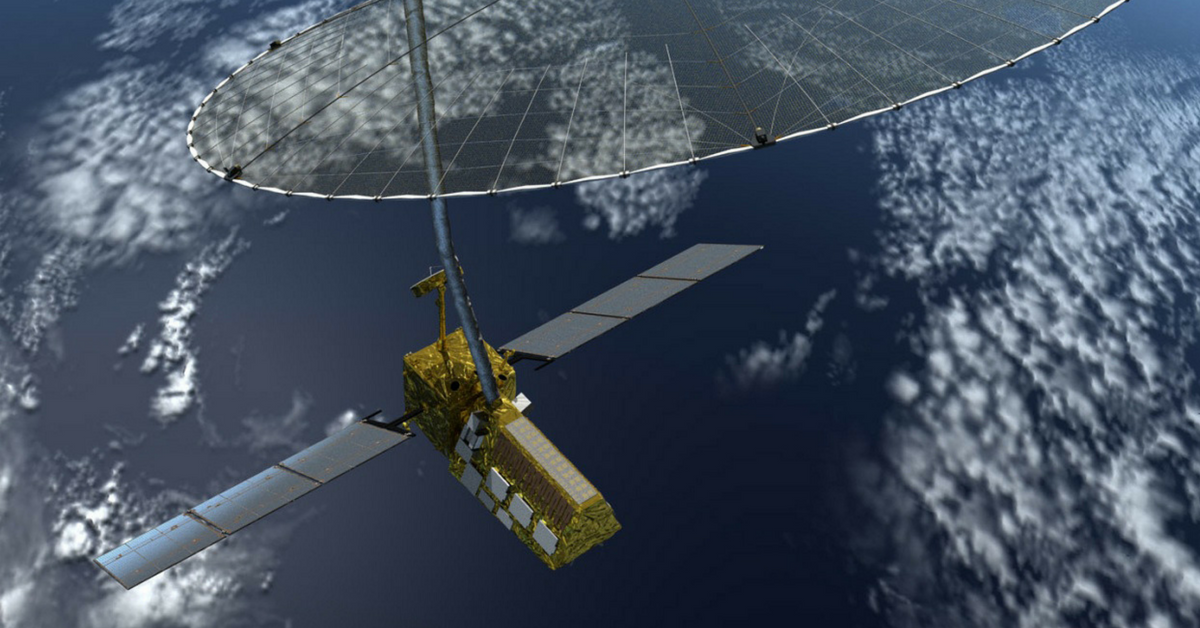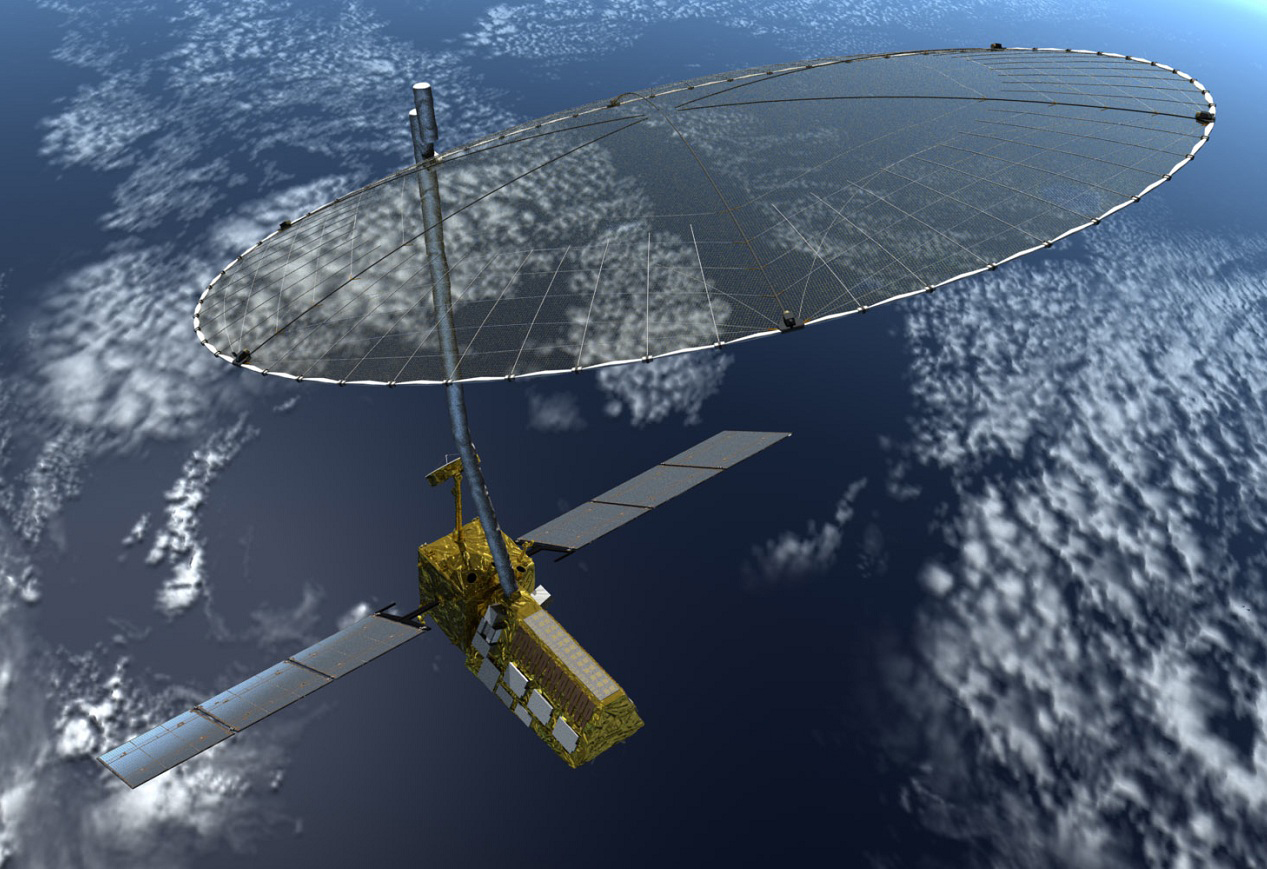ISRO & NASA Collaborate to Build NISAR, the World’s Most Expensive Earth Monitoring Satellite
Will NISAR be able to provide us with some much needed answers?

India and the Unites States of America share a history of space cooperation, going back to 1963 when India launched its first U.S-manufactured sounding rocket. In the 1970’s ISRO and? NASA conducted the Satellite Instructional Television Experiment (SITE), which helped beam television programmes to more than 2400 villages across India.
Further, in 2008, Chandrayaan I – India’s first mission to the moon carried scientific instruments built by international partners, including two by NASA.
NISAR or the NASA-ISRO Synthetic Aperture Radar is the latest collaborative project between the two agencies, an ambitious earth monitoring satellite scheduled to be launched in 2021.

Photo Source: Wikimedia Commons
In a meeting in Toronto, NASA Administrator Charles Bolden and K.Radhakrishnan, Chairman ISRO, signed two documents to launch the NASA-ISRO satellite mission. The purpose of the mission is to observe Earth and establish a pathway for future joint missions for Mars exploration, according to the NASA website.
NISAR is the first big collaboration between NASA and ISRO, reports NDTV . According to the team, it will this is two frequency RADAR, it is an L-band 24 centimetre RADAR and S-band 13 centimetre. S-band is being built by ISRO while NASA is taking the responsibility for the L-band by NASA.
The satellite will take weekly snapshots of earth, using the two radars, that will provide time lapse images of the motion of tectonic plates, ice sheets and changes in vegetation over land in agriculture and forests.
Paul A Rosen, a scientist working on the NISAR satellite project said, “What we are doing is looking at time variability of the Earth over the life of the mission to understand how disasters evolve, how earthquakes occur, how volcanoes occur, how the ice sheets are changing and affecting sea level rise, and how forest fires and changes in the forest cover affect the atmosphere.”
“It is very relevant to what society cares about which is changes in our climate, changes in our environment and how it affects society,” he added.
Likely to cost the two countries over 1.5 billion dollars, this satellite is also likely be the world’s most expensive earth imaging satellite.

Photo Source: Wikimedia Commons
The NISAR satellite, scheduled to be launched from India, four years from now, using the Geo-Synchronous Satellite Launch Vehicle (GSLV) also promises to further strengthen Indo-US ties.
Like this story? Or have something to share? Write to us: [email protected], or connect with us on Facebook and Twitter.
NEW: Click here to get positive news on WhatsApp!
If you found our stories insightful, informative, or even just enjoyable, we invite you to consider making a voluntary payment to support the work we do at The Better India. Your contribution helps us continue producing quality content that educates, inspires, and drives positive change.
Choose one of the payment options below for your contribution-
By paying for the stories you value, you directly contribute to sustaining our efforts focused on making a difference in the world. Together, let’s ensure that impactful stories continue to be told and shared, enriching lives and communities alike.
Thank you for your support. Here are some frequently asked questions you might find helpful to know why you are contributing?


This story made me
-
97
-
121
-
89
-
167













